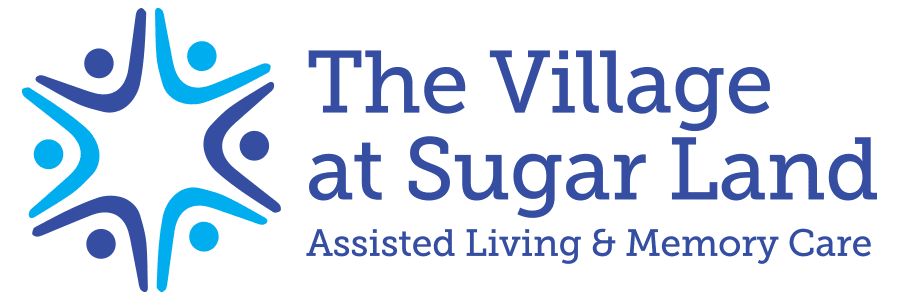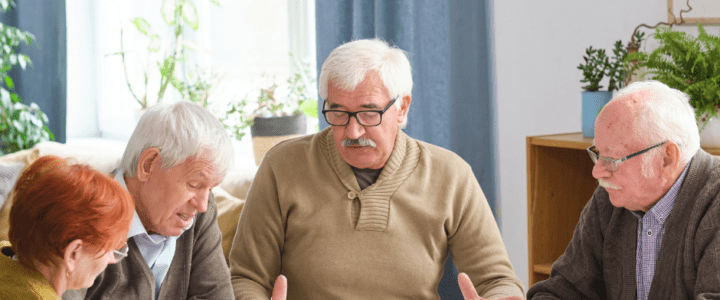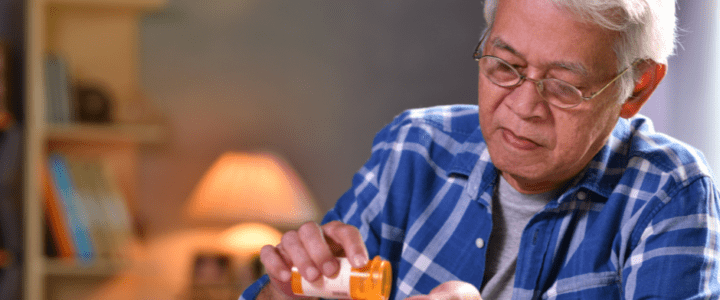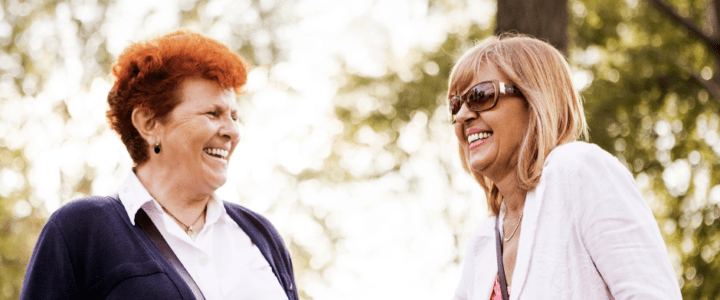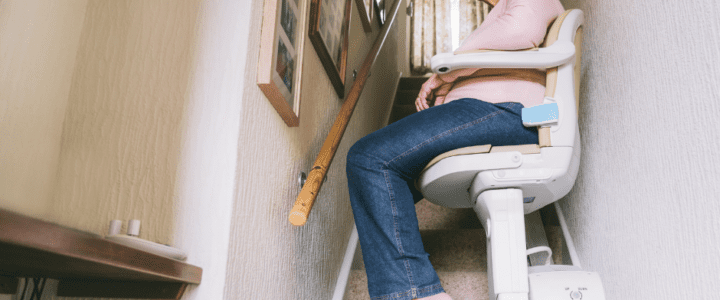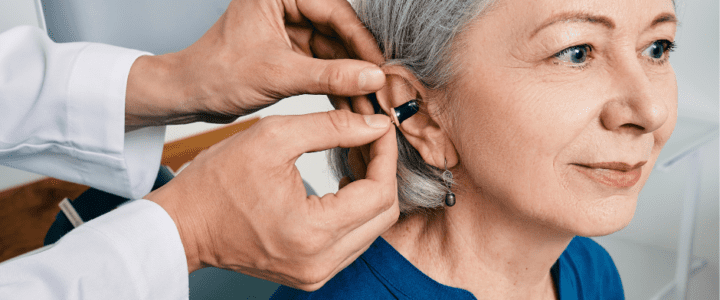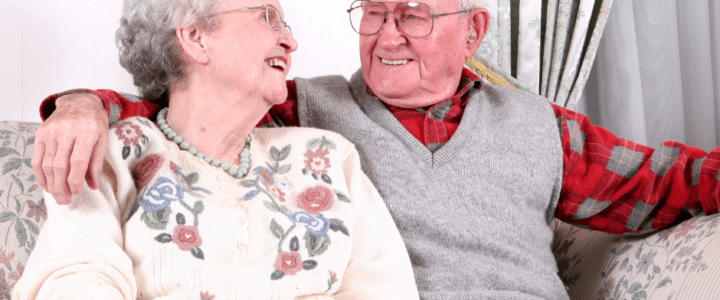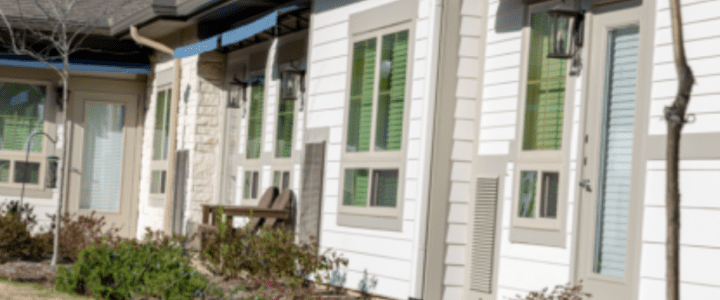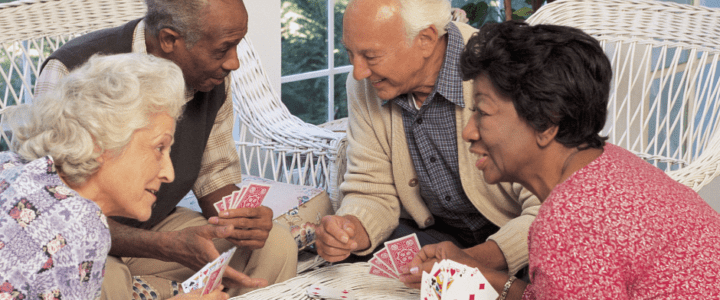Keep Your Mind Sharp: Why Brain Games Matter for Older Adults
We all love a good brain game, right? Whether it’s a challenging crossword, a strategic chess match, or a quick round of Sudoku, there’s something satisfying about putting our minds to the test. But for older adults, brain games aren’t just fun and mentally stimulating – they’re essential for maintaining cognitive health and well-being.
As a caregiver, you understand the importance of keeping your loved one’s mind, body, and spirit healthy. Just like regular physical exercise strengthens the body, engaging in brain games helps keep the mind sharp and resilient. Here’s why:
- Brain Fitness: Brain games challenge different cognitive skills, from memory and logic to problem-solving and critical thinking. Regularly exercising these mental muscles can help improve cognitive function and performance in daily activities.
- Sharper Memory: Many brain games focus on memory recall and word association, which can help slow down age-related memory decline and even improve memory function in older adults.
- Enhanced Focus: Brain games often require sustained attention and concentration, which can help improve focus and reduce distractibility – valuable assets for navigating daily life.
- Boosted Mood: The mental stimulation and sense of accomplishment that come with brain games can contribute to a positive mood and overall well-being.
There are countless brain games to choose from, catering to different interests and abilities. Here are a few ideas specifically geared toward older adults:
- Classic Games: Board games like chess, checkers, and Scrabble offer strategic thinking and social interaction. Card games like bridge and rummy keep minds sharp and memories active.
- Word Games: Crossword puzzles, word searches, and anagrams challenge vocabulary and spelling skills while keeping minds engaged.
- Jigsaw Puzzles: Putting together puzzles is a great way to exercise visual-spatial reasoning and problem-solving skills.
- Online Brain Training: Many websites and apps offer interactive brain training exercises that target specific cognitive skills.
Remember, the key is to find brain games that are enjoyable and engaging. Encourage your loved one to explore different options and find what they like best. By incorporating brain games into their daily routine, you can help them keep their minds sharp, improve their cognitive function, and enjoy a better quality of life.
The Village at Sugar Land is one such community where seniors enjoy various activities and play games with other seniors or have their own solo game time. We offer customized individualized programs to our residents which keep them busy and entertained. Reach us to learn more about the different levels of care we offer for your loved one, and the convenience of living safely with peace of mind.
Contact us at [email protected] or call 281-729-8800
